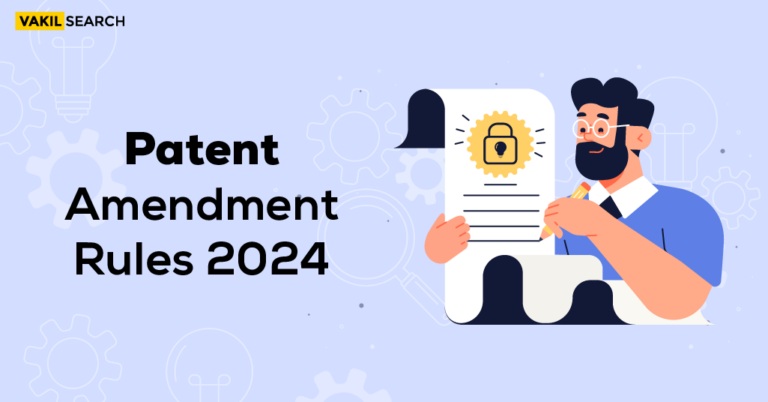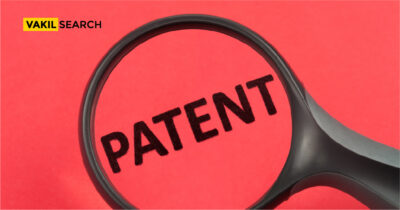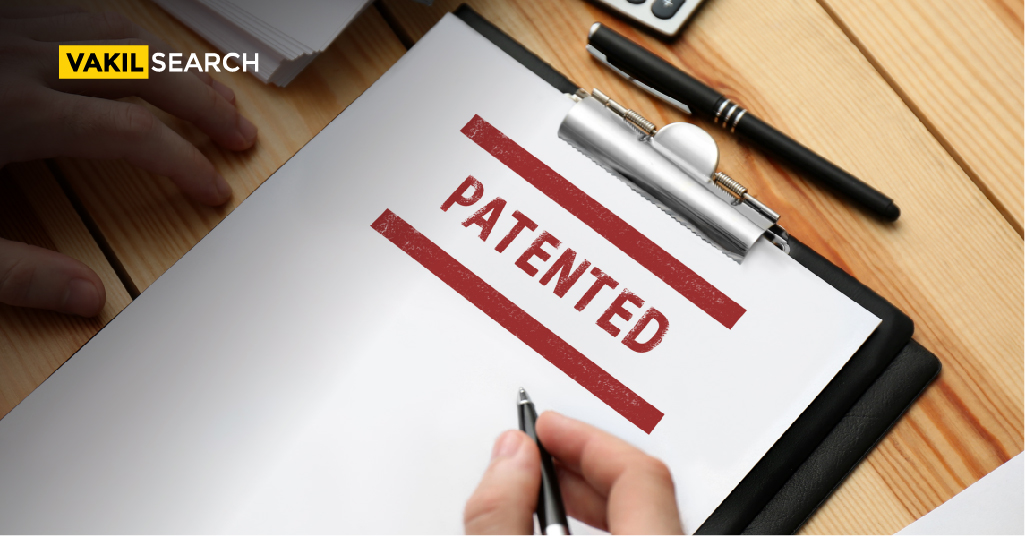Licensing is one of the ways to commercialise a patent. The prospective patent owner doesn’t have to wait until the product or process is granted a patent and can license it out while the patent is still pending, right after the filing of the provisional specification.
A patent right is an exclusive right granted by the sovereign authority to the inventor of a novel invention, that necessarily provides a technical solution to an existing problem. By virtue of the patent right bestowed on the inventor, anyone other than the inventor is forbidden from producing or monetizing the patented product. Learn how to License a Provisional Patent.
However, a third party is allowed to manufacture and monetize a patent, with due authorization, sanctioned by the rightful proprietor. This process is called patent licensing. Patent licensing is a method of granting a third party permission to reap benefits out of the patent by its proprietor.
The third party has to, therefore, pay a stipulated amount as agreed by both parties, as a royalty fee, to the proprietor. The third party has obtained the license, can now use, manufacture, sell and monetize the patent for the exchange of a royalty fee.
The terms of the license are to be written and signed over an agreement as mandated by the Patents Act, of 1970. The owner of the patent is the licensor and the third-party to whom it is licensed is the licensee. The license agreement usually specifies the period over which the licensee can enjoy the patented invention.
Specification Documents of a Patent:
To license a provisional patent. the specification documents of a patent disclose the details of the invention and play a vital role in getting the patent granted. The Patent Act, 1970 puts forth two types of specifications, namely, the provisional and complete specification documents.
Filing the provisional specification is one of the first things to be pursued when an inventor comes up with a path-breaking invention. Once the provisional application is filed, the date of priority is established.
This is one of the major reasons why inventors choose to file the provisional specification despite the filing not being mandatory. Also know about the non disclosure agreement online.
The complete specification has to be filed within 12 months from the date of filing the provisional specification. While the provisional specification enlightens the details of the invention broadly and skips the claims, the complete specification gets into the tiniest details such as the various embodiments of the invention, the best method to work the invention, and most importantly includes the claims of exclusivity of the invention.
Licensing a Provisional Patent:
While a patent owner would want to use and commercialize the patent for personal benefits, it is also the norm to license it out to a third party for a royalty fee.
License a provisional patent is carried out legally through a licensing agreement with certain terms and conditions based on the consensus of the parties.
While licensing agreements are drafted only after a patent is granted, the question of whether a provisional patent can be licensed out is quite an interesting one.
The straightforward answer to the question is, YES! It is very much possible. But whether it is profitable to the parties involved might vary on a case-to-case basis.
In India, there are no stringent timelines that can be adhered to when it comes to getting an invention patented. It might easily take about 3 years or if the inventor opts to file through the expedited route might take at least 1.5 to 2 years to get a patent granted.
Several times, the back-to-back office actions and thereafter the delay in filing responses by the prospective patentee result in severe backlogs. Therefore, it is only obvious for the applicant to try every possible way to commercialize the invention while it is still in the patent office awaiting its fate.
Once the provisional application is filed, the applicant attaches the “Patent-Pending” tag on the product and begins to commercialize it. This is to notify the other competitors that the product cannot be infringed and that it would soon be patented.
Provisional Application for products:-
If marketing the products after filing the provisional application is possible, then why should licensing not be? However, the onus is on the applicant or the prospective patent owner to convince the licensee that the patent will be obtained in the near future and that the invention is worth the royalty even before the patent is obtained.
It is also pertinent to note that the chances to license a provisional patent are quite high when the applicant has a prototype, if not a real product. Also, the fact that a provisional specification alone doesn’t constitute a patent should be kept in mind.
There might be a scenario wherein the patent might be rejected and this should be considered while drafting licensing agreements, based on the provisional patent application. Conventionally, when such situations arise, the obligation of the licensee to pay the royalty ceases.
Another way the applicants can successfully license a provisional patent application, despite this drawback is by giving the licensee access to the trade secrets and the technical know-how of the invention and stating that a patent would be just an added benefit to the other two.
The licensing opportunities of a provisional patent depend on the value of the actual invention. In fact, an invention can be licensed even before filing a provisional patent application, in the form of a trade secret.
Although a provisional patent application can be licensed out, it has to be kept in mind that it is not a patent per se. Therefore, the applicant has to draft the provisional application in consonance with the claims that will eventually be drafted in the complete specification.
Conclusion:-
Thus, you might have got to know to License a Provisional Patent. Further, manufacturing the product and showcasing it to the licensee could make the provisional application more credible. Once again, this might turn out to be more expensive and might nullify the amount that might be received as royalty if the licensing turns out to be fruitful.
The applicant and the licensee should therefore weigh the pros and cons and decide if a licensing agreement based on a provisional patent application would be conducive or not. Get more legal assistance by visiting us at Vakilsearch.
Read more









